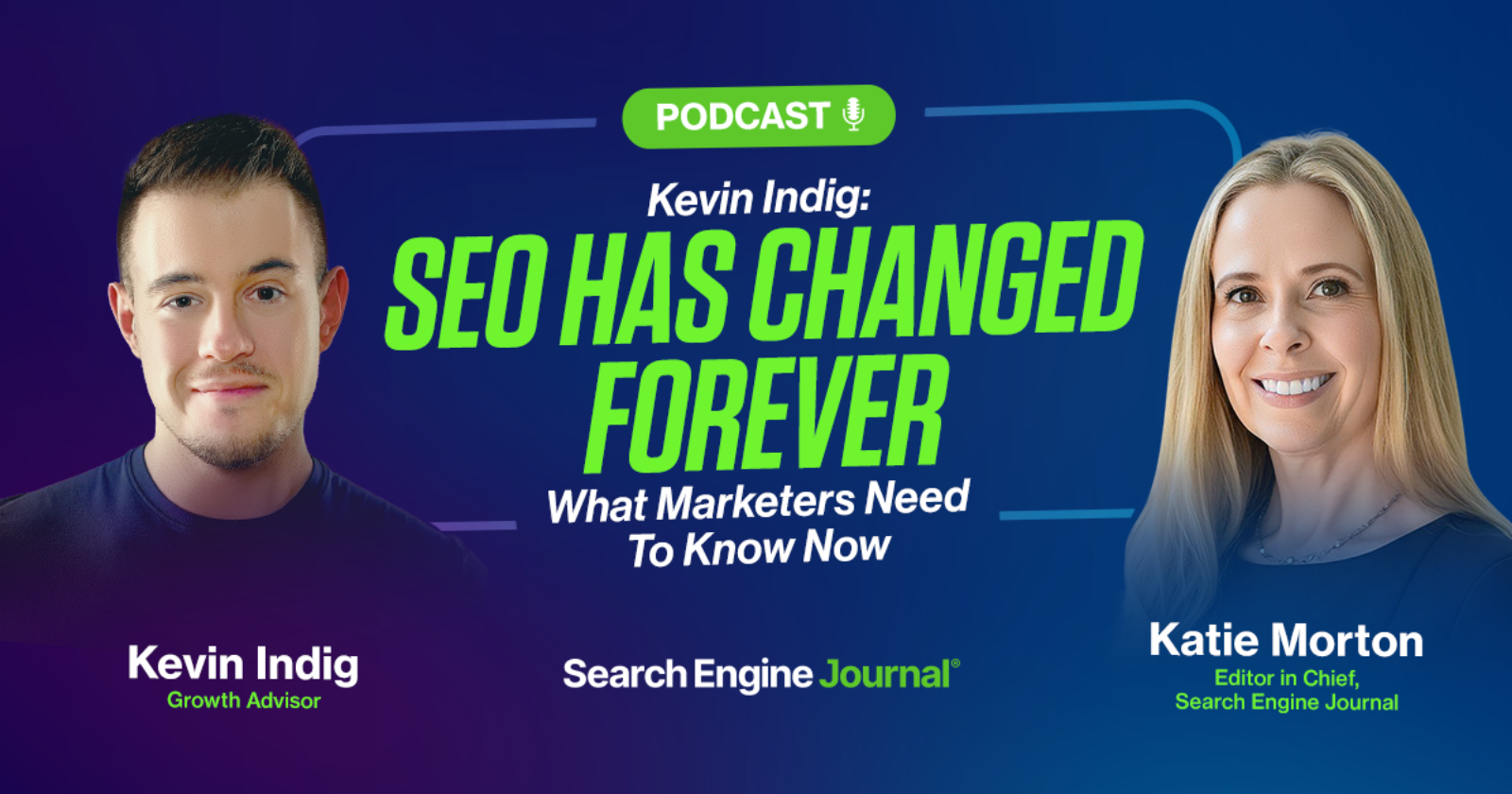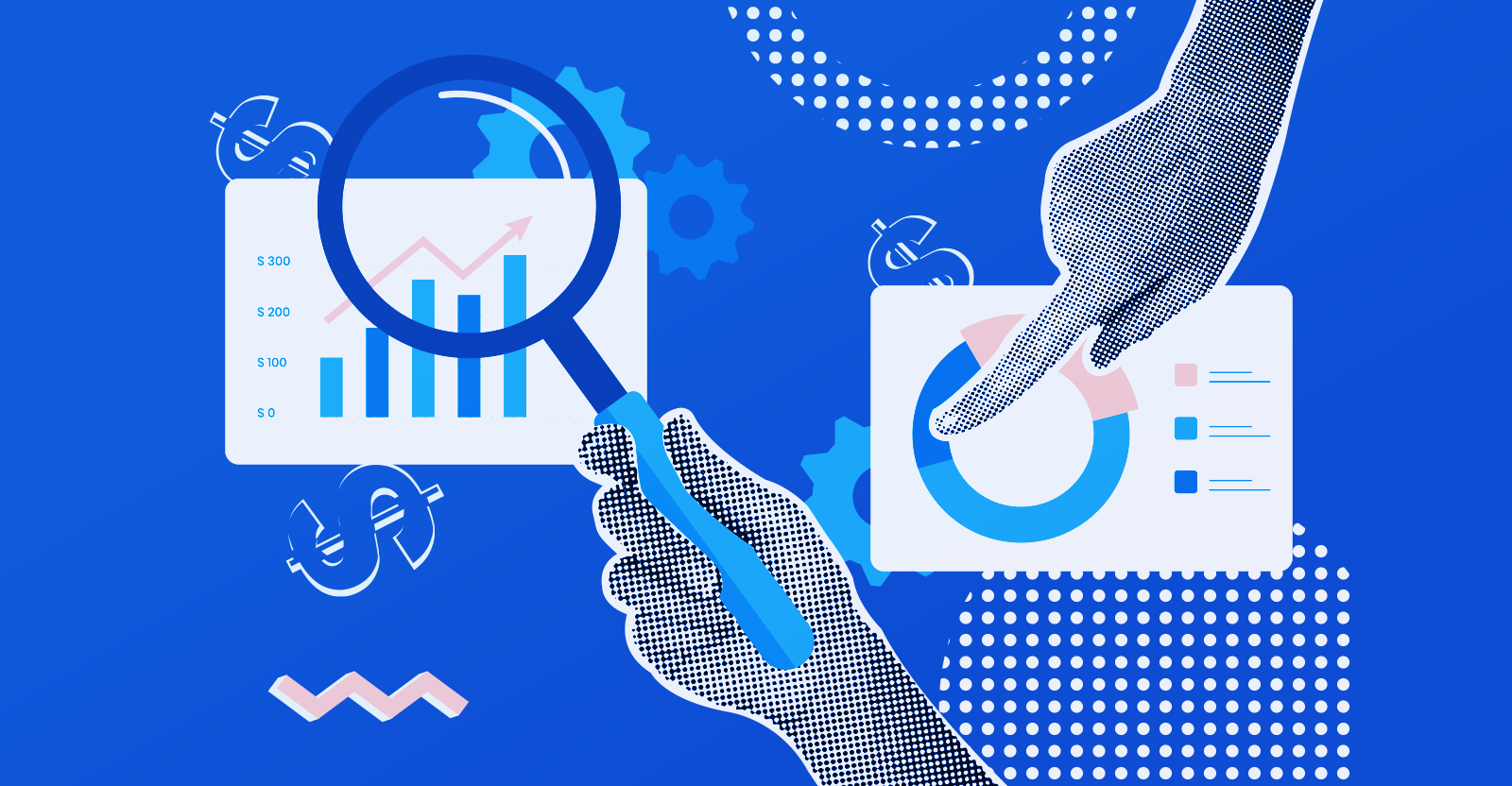(This article was co-written by Ayse Guvencer)
Giving the keynote at a convention for CFOs, I said: “The market for anything that makes people feel good about their assumptions is huge because it makes them feel secure right up until the moment the music stops.” That line landed in the room like a thrown knife. But the audience loved it – about a third of the attendees stood up and clapped. And everyone knew it was true.
Fluff—assumption-based systems, overly simplistic heuristics, correlation masquerading as causality—is the dominant currency in modern go-to-market thinking. For that matter, it’s the basis of most business thinking, even in the C-suite.
We don’t call it fluff. We call it best practice, alignment or strategy. But what we mean is: we’re doing what we’ve always done, or what everyone else is doing or what feels safe in a meeting. And assumptions are helpful aids in this approach.
Dig deeper: Marketing can’t own the results without a say in the strategy
Unfortunately, assumptions compound. The further we get from first principles, the more fragile the system becomes. What begins as a minor shortcut becomes a foundational error. Soon, we’re working from assumptions layered on assumptions, like scaffolding built on sand.
However, change is already happening. More and more companies are no longer in the “market for fluff.”
We make these moves not because we’re lazy or incapable—we do it because we’re human. In a volatile, high-pressure environment, assumptions are mental shortcuts. They give the illusion of clarity. They allow teams to act quickly, leaders to signal competence and dashboards to light up with motion—even if that motion has no connection with meaningful outcomes.
They are in a war against it.
The war against fluff
Across boardrooms, courtrooms and capital markets, assumption-based thinking is being challenged, exposed and replaced by audit trails, causal evidence and fiduciary-grade reasoning. What we’re witnessing isn’t just the rejection of ineffective strategy. It’s the beginning of a structural reckoning for how modern business thinks.
Assumptions rarely enter the system with a red flag. They arrive disguised as experience, tradition or efficiency. “This worked before.” “This is how our category operates.” “We need to act fast. We don’t have time to rethink the wheel.”
Most GTM organizations are built on dozens, even hundreds, of these micro-assumptions: that buyers move through a funnel, that awareness leads to interest, leads to consideration, leads to conversion, that more content equals more leads, that the right attribution model can resolve causality, and that activity equals value.
These are not necessarily wrong. But they are not tested nearly enough. Over time, they calcify into doctrine. We treat them as laws, not hypotheses.
Dig deeper: How to lead marketing through economic uncertainty
Then we scale them.
We build budgets around them, assign headcounts, configure CRMs and dashboards, hand them to agencies and defend them in boardrooms, all because we mistake familiarity for truth.
And when reality begins to diverge—when the pipeline slows, or conversions dry up, or the CAC spikes—we double down. We do more of what we’re used to, faster, louder, with better creative. We optimize the wrong variable with incredible precision.
The vendor assumption amplifier
The vendor ecosystem is overrun with assumptions. Agencies, measurement consultancies and service providers are the primary culprits. They do it out of economic necessity.
Vendors profit from the volume of activity and complexity, not from proving causation. An agency makes more money advocating for “more content, more channels, more touchpoints” than conducting rigorous tests that might prove half their recommendations worthless. A measurement consultancy sells more dashboards by providing correlation-heavy reports that feel comprehensive rather than the more complex work of isolating true causal drivers.
Dig deeper: Your AI strategy is stuck in the past — here’s how to fix it
That creates a pernicious cycle. Vendors take your internal assumptions—”webinars generate quality leads”—and amplify them across their entire client base. Suddenly, you’re not just operating on your own untested belief but on an assumption scaled across dozens of similar companies. The vendor presents this as validation: “This is what works in your industry.” What they’re actually providing is assumption laundering.
The training and certification ecosystem makes this event worse. “Best practices” are codified into frameworks, taught in courses and embedded in vendor methodologies, even though they’ve never been causally validated.
Why fluff feels safe
Assumptions relieve us from uncertainty. They protect us from the discomfort of saying, “We don’t know yet.”
Assumptions allow us to move quickly and preserve status. In a meeting, saying “We should do more paid social, that always works for us” earns nods. Saying “We don’t know what part of our spend drives causal outcomes” earns silence—or worse, a reputation for being difficult.
So we align around the easy story, create beautiful decks with clean funnels and confident projections, turn complex behaviors into neat frameworks, and move forward.
But what we’re often doing is not strategy. It’s business theater. It looks sharp, feels familiar and is entirely defensible—until it isn’t.
The cost of compounding assumptions
The real cost isn’t just inefficiency. It’s fragility. As assumptions layer on top of each other, they begin to define not just what we do but how we think.
Nowhere was the compounding fragility of assumptions more visible than during the early months of COVID. Nearly overnight, every GTM assumption—about buyer behavior, channel effectiveness, messaging tone, even what “qualified” meant—collapsed.
Suddenly, paid channels dried up, email click rates plunged, in-person events vanished and value props once deemed essential were now irrelevant or tone-deaf. What worked before didn’t just stop working—it inverted. Teams that had treated assumptions as gospel found themselves scrambling to reinvent logic on the fly.
Dig deeper: Why the best thought leadership doesn’t sound like thought leadership
But some teams moved faster. Johnson Controls used causal AI to get an early warning, enabling them to back out of physical commitments and begin to place different bets. When approached by finance with a big cut, they modeled the time-lagged effects into the next several years, showing what the business would lose with such a move. Finance settled for a lot less.
Causal inference models provided early warnings of structural breaks in funnel dynamics within weeks, not quarters. This allowed organizations to identify pandemic-confounded marketing touchpoints and rapidly reallocate resources before competitors.
COVID didn’t create fragility; it revealed it. The virus wasn’t the disease. It was the flashlight.
Questions to cut through fluff
Questions to ask leaders (or yourself) to audit for fluff:
- What do we believe to be true about how this function works—and how do we know?
- What assumptions are we making right now and when were they last tested?
- What would have to be true for this strategy to work—and how fragile are those conditions?
- What key confounders might we have failed to identify in our causal model?
- What data are we trusting and what selection biases might it contain?
- If this plan fails, what is the most likely flawed assumption at its core?
- How would our conclusions change if we modified our causal assumptions?
- What are we doing because it’s familiar—not because it’s causally validated?
- How would a skeptical outsider challenge what we’re doing right now?
- What decision have we made that no one wants to revisit?
- What’s the riskiest thing we believe that we rarely say out loud?
- When was the last time someone on this team was rewarded for changing their mind based on new causal evidence?
- Why is it in my own best interests to make this assumption? What does it simplify for me?
- How robust are our results in relation to different model specifications?
The hidden assumption problem
The most dangerous aspect of assumption-based strategy is keeping them hidden. Unstated assumptions, visible only to their creators, prevent stakeholders from evaluating or improving foundational business logic. They are accountability gaps masquerading as strategic certainty. Making assumptions explicit and documented isn’t just good governance—it’s essential for collective intelligence and risk management.
Contributing authors are invited to create content for MarTech and are chosen for their expertise and contribution to the search community. Our contributors work under the oversight of the editorial staff and contributions are checked for quality and relevance to our readers. MarTech is owned by Semrush. Contributor was not asked to make any direct or indirect mentions of Semrush. The opinions they express are their own.








